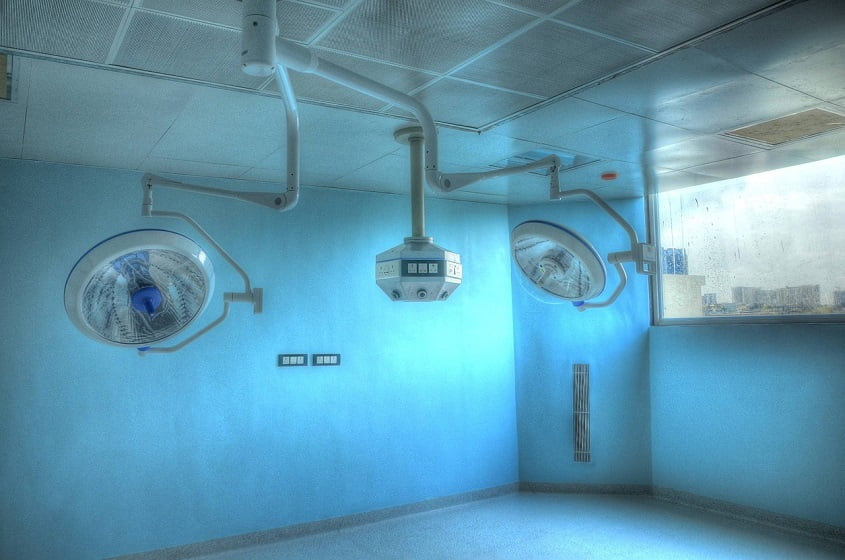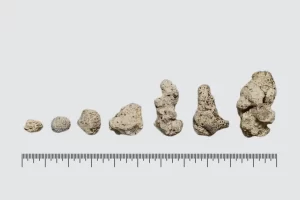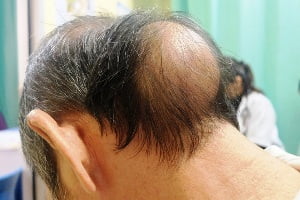Kyphosis Surgery: A Comprehensive Guide to Procedure and Recovery
- Updated on: May 7, 2024
- 3 min Read
- Published on Apr 20, 2023

Kyphosis is an abnormal curvature of the spine. It can cause pain, impaired movement, and other complications. Many cases of kyphosis are mild and can be managed with braces, physical therapy, and medications. But severe cases may require surgery. Here’s what you need to know about kyphosis surgery treatment.
What Is Kyphosis?
Kyphosis is a spinal condition characterized by an excessive outward curvature of the spine. It is also known as “roundback” or “humpback”. Kyphosis can affect people of any age, though it is most common in adolescents. The most common cause of kyphosis is poor posture, but it can also be caused by injury or underlying medical conditions such as osteoporosis or scoliosis.
What Are the Symptoms of Kyphosis?
The most common symptom of kyphosis is a visible curvature of the spine. Other symptoms can include pain, difficulty moving, and changes in posture.
When Is Kyphosis Surgery Necessary?
Kyphosis surgery is usually recommended when the curvature is severe and causes pain or disability. Surgery may also be recommended if the kyphosis is progressing rapidly or is caused by an underlying medical condition.
What Are the Different Types of Kyphosis Surgery?
There are two main types of kyphosis surgery: open surgery and minimally invasive surgery. Open surgery is a traditional procedure that is performed through a large incision in the back. It involves cutting through the skin, muscles, and other tissues to access the spine. The surgeon then removes any abnormal vertebrae, disc material, or bone spurs and may use screws, plates, and rods to stabilize the spine. Minimally invasive surgery is a newer procedure that is performed through small incisions in the back. It involves the use of specialized instruments to access the spine, and the surgeon may use screws, plates, and rods to stabilize the spine.
What Is Involved in the Surgery?
The goal of kyphosis surgery is to realign and stabilize the spine. Depending on the type of surgery, this may involve fusing together two or more vertebrae, removing a portion of the vertebral column, or attaching metal rods, screws, and wires to straighten the spine.
Risks and Benefits of Kyphosis Surgery
Like any surgery, kyphosis surgery carries risks such as infection, bleeding, nerve damage, and blood clots. However, the benefits of the surgery can be significant. Kyphosis surgery can reduce pain and improve posture, and it can also help to reduce the risk of further spinal damage. It can also help to improve breathing and cardiovascular function.
What Is the Recovery Time?
Recovery time varies depending on the type and complexity of the surgery. In general, it can take several weeks to several months to fully recover. During this time, the patient may need to use a brace and may need physical therapy to help restore their range of motion and strength.
The recovery period from kyphosis surgery can vary depending on the type of surgery and the individual. Generally, the recovery period is between 4 and 6 weeks. During the recovery period, it is important to follow the instructions of your doctor, such as taking medications as prescribed and avoiding strenuous activities. Physical therapy can also help to reduce pain and promote healing.
What Is the Outlook After Surgery?
Most people who undergo kyphosis surgery experience significant improvement in their symptoms. The spine is typically more stable and the pain and disability associated with kyphosis are reduced.
Kyphosis surgery can be a beneficial treatment for those with severe cases of kyphosis. It can help improve pain, mobility, and quality of life. If you have been diagnosed with kyphosis, talk to your doctor about whether surgery is the right treatment option for you.
Conclusion
Kyphosis surgery can be an effective option for treating the symptoms of kyphosis. It is important to be aware of the risks and benefits of the surgery, as well as the recovery period. If you are considering kyphosis surgery, it is best to discuss your options with a qualified medical professional.













1 Comment
I was excited to uncover this site. I need to to thank you for your time for this particularly wonderful read!! I definitely savored every part of it and I have you saved to fav to see new stuff in your site.